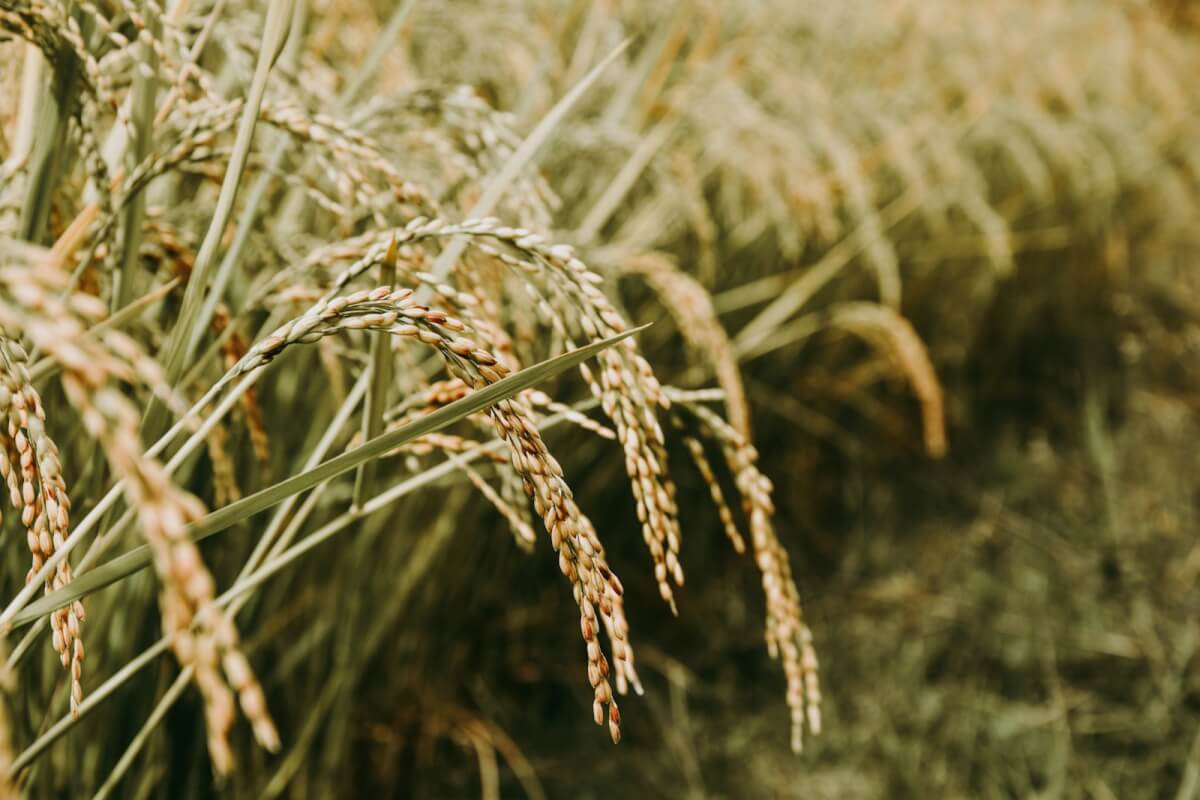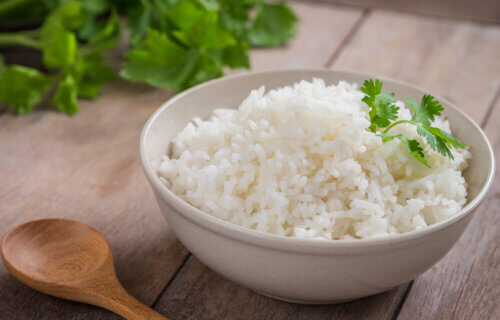GENEVA, Switzerland — Rice is a food staple for half the world, especially in countries throughout Asia, South America, and Africa. However, rice is low in thiamine (vitamin B1), and the refining process strips the nutrient even further. This can create nutrient deficiencies in many populations within these nations. Now, researchers at the University of Geneva, alongside teams from ETH Zurich and Taiwan’s National Chung Hsing University (NCHU), have cracked the code for increasing vitamin B1 content in rice without compromising overall yield.
Most vitamins need to come from a person’s diet. When eating a varied and balanced diet, it’s not really difficult to meet those needs. For populations that rely mainly on, or only on rice, deficiencies like ones in thiamine are more common. A B1 deficiency, also called beriberi, can cause nervous system and heart complications.
‘‘Previous attempts at biofortification by other teams had succeeded in increasing the vitamin B1 content of the leaves and bran – the outer layer of rice grains – but not that of the ready-to-eat rice grain. In our study, we specifically targeted the increase in vitamin B1 content in the endosperm,’’ explains Teresa Fitzpatrick, first author of the new study, in a media release.
The scientists created rice lines that express a gene which isolates vitamin B1 in a controlled manner within the endosperm of the rice, the tissue that makes up the bulk of what’s eaten. After growing in glasshouses, harvesting, and polishing the grains, they found that the vitamin B1 content increased from these lines.
Then, the lines were seeded in an experimental field in Taiwan and grown for years. Aspects like plant height, number of stems per plant, grain weight, and fertility are largely similar when comparing the modified and unmodified plants. The only difference? The modified lines have three to four times more vitamin B1.

‘‘Most studies of this type are carried out with glasshouse grown crops. The fact that we have been able to grow our lines under real field conditions, that the expression of the modified gene is stable over time without any of the agronomic characteristics being affected, is very promising,’’ says Wilhelm Gruissem, Professor emeritus at ETH Zurich and Distinguished Chair Professor and Yushan Fellow at NCHU.
Around one and one-fourth of a cup of this rice can provide close to a third of the recommended adult daily intake of thiamine. Looking ahead, the next step involves utilizing this technology in commercial varieties. First, regulatory steps relating to biofortification by genetic engineering will have to happen prior to the plants being cultivated.
A Dietitian’s Take
Modified rice with elevated thiamine levels likely isn’t necessary in the United States and other Western nations that don’t eat as much rice. However, it could be a monumental addition to the food supply in nations that eat it more often.
Many people in Asian and African nations typically include lots of rice in their diets because of their culture and/or the food’s accessibility. For many, it’s either eat rice or nothing at all. This isn’t the first time rice has been genetically modified to boost nutritional value.
In the 1990s, golden rice was developed by engineers to contain beta carotene. Beta carotene is a plant pigment that converts to vitamin A, and is present in high amounts in foods like carrots and sweet potatoes.
The engineers were able to make the change by adding two enzymes. Just like regular rice, golden rice doesn’t require any unique cultivation practices and overall has the same yield.
Across the world, especially in countries like Bangladesh and the Philippines, vitamin A deficiency is very common. Thiamine biofortification has the same goal as the development of golden rice, just with a different nutrient. If scientists are able to do this on a larger scale, this could enhance the health of millions around the world.
The findings are published in the journal Plant Biotechnology Journal.
